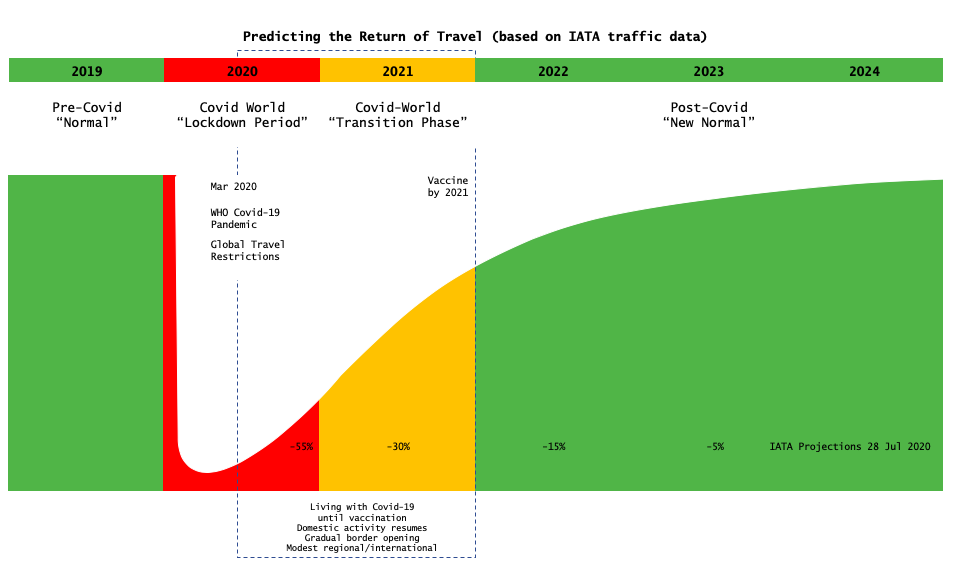NUMBERS are now in, and despite many challenges, the Beijing 2022 Olympic Winter Games was a substantial worldwide hit. According to the International Olympic Committee, there were 58 per cent more unique viewers on the Olympics YouTube channel compared to PyeongChang 2018, and users of the Olympic Web and App for a Winter Games edition reached more than 64 million.
 Along with great statistics, the Games yielded some interesting new lessons in audience online and live engagement. They certainly reached a wide audience: sports enthusiasts tuned in for the celebration of athleticism, non-sports fans watched for the hype, while brands and marketers kept tabs on what ideas they could borrow from the Games’ planning, promotion and execution.
Along with great statistics, the Games yielded some interesting new lessons in audience online and live engagement. They certainly reached a wide audience: sports enthusiasts tuned in for the celebration of athleticism, non-sports fans watched for the hype, while brands and marketers kept tabs on what ideas they could borrow from the Games’ planning, promotion and execution.
To cater for the ever-changing market landscape, the Olympics had to constantly update their approach to engaging audiences physically and virtually, as did the brands hoping to capitalise on the event. The challenge was magnified by the unpredictability associated with the ongoing pandemic.
So how did they pull it off? To put it simply – technology. Just how they used it should give brands and marketers plenty to think about in their own continuous quest for audience engagement.
The impact of VR that exceeds reality
US broadcaster NBC used virtual reality (VR) technology to open up the Games to audiences in a brand new way. In some cases, VR events served as a ‘substitutes’ for physical events cancelled due to the pandemic – but this hardly realised the full potential of the technology. More effective and impressive was how VR offered users its own experiences, unattainable by live action viewers.
For example, VR viewers enjoyed the option of watching various events on demand. Even more powerfully, they could opt to revisit the opening ceremony from the point of view of an athlete. For most, it would be as close as they will ever get to feeling the rush of marching in a parade of nations as an Olympian.
Other major events are already utilising similar kind of virtual technology. The ‘Ink Global 2021’ ink art exhibition in Hong Kong, for example, began as a physical exhibition before being transformed into a virtual tour with Pico’s help. In addition to a 360-degree immersive experience enabled by 4D mapping technology, the virtual exhibition tour incorporated a mouseover info plate which provided users with additional text or video information on demand.
In its virtual incarnation, ‘Ink Global 2021’ transcended the geographical constraints of the physical exhibition and reached out to art lovers around the globe, echoing the event’s goal of cross-pollination of ink art cultures.
Sports + Esports
Audience participation is something every event strives to gain, but with activities as demanding as Winter Olympic sports, traditional forms of participation are nearly impossible to achieve.
However, as visitors to the China Science and Technology Museum in Beijing are discovering, a clever combination of technologies can gain participation in a non-traditional form. The ‘Science and Technology Winter Olympics’ exhibition – a collaboration between the Museum, the Beijing Winter Olympics Organising Committee and other organisations – invites visitors to experience various winter sports virtually through technologies such as 5G, 4K and VR simulation.
As winter sports are relatively uncommon in most countries, most people have little exposure to them, let alone a chance to try them out. The Museum’s use of VR demonstrates a way of engaging visitors with a realistic, personal ‘first-hand’ experience that will lead many to further explore these ‘unconventional’ sports.
In a similar vein of interactive gaming technologies and winter sports hype, Decathlon, an international sports retailer, launched a ‘Decathlon Winter Games’ in London. Among the array of activities was a VR skiing game, ‘Ski Fit 365’, designed to give players a thrillingly visceral downhill skiing experience. To deepen the engagement further, former British Olympic skier Tim Dudgeon, one of the game’s developers, was on hand at the event as a coach.
Another example of engagement via games was Xi’an Jingdong Mall’s ‘warm-up’ event to the ‘Double 11 Shopping Festival’ in China. Other than helping transform the Mall into a lavish Tang dynasty palace, immersing visitors into the theme as they explored JD’s eCommerce platform, Pico was also appointed by JD to develop an HTML 5 personality quiz and ‘Tang palace dancers’ jigsaw whose addictive fun further engaged users while encouraging them to register to the brand’s online shops.
Robots on duty
An immense and robust logistics system is essential to hosting the vast number of athletes and audience members at an event as grand as the Winter Olympics. The Beijing Games faced the additional hurdle of ensuring that COVID would not make an unwelcome visit to the proceedings – an enormous challenge, as human service providers are traditionally both ubiquitous and unavoidable even at modestly sized events.
The solution? To both minimise human contact and maximise logistical efficiency – and incidentally give the whole event a futuristic vibe – the 2022 Winter Olympics deployed a wide range of robots as cooks, janitors and in other vital roles.
In this, they were preceded by another mega-event, Expo 2020 Dubai, which launched in October 2021 with a small army of mechanical helpers.
The Expo featured various service robots making deliveries, guiding visitors, and even serving coffee. But one of the most memorable was the Expo mascot Opti, designed by AIoT service provider Terminus Group. Opti robots were tasked with entertaining and interacting with tourists, maximising audience engagement while leaving a deep impression.
Conclusion
Though faced with a huge obstacle in the form of the pandemic, the 2022 Winter Olympics came to a successful conclusion. Brands and marketers wanting to emulate its glowing outcome need to look closely at the factor that made it all possible: technology, used in innovative ways to serve real purposes and bring audiences extraordinary experiences.
Gregory Crandall is senior vice president of the Global Activation Team at Pico Group



